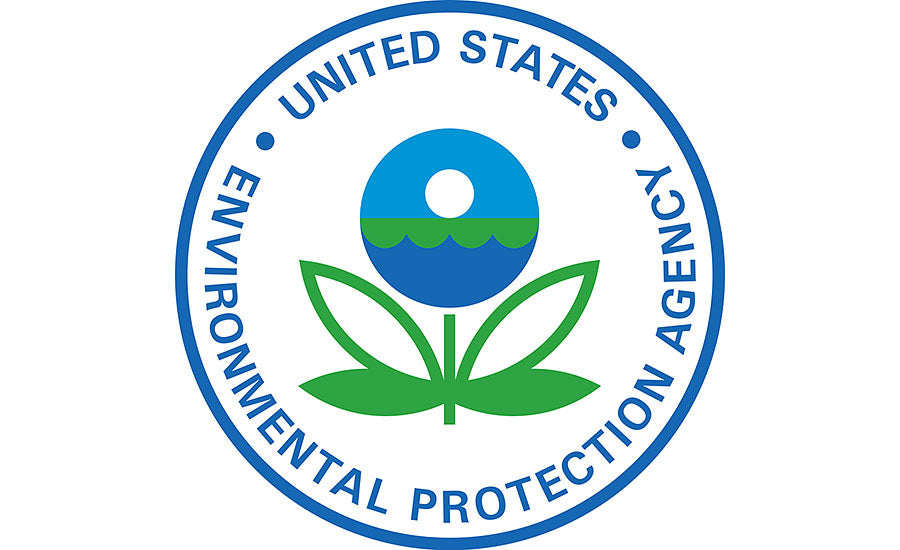
EPA takes first-ever federal Clean Water Act enforcement action to address PFAS discharges at Washington Works facility near Parkersburg, W. Va.
WASHINGTON – The U.S. Environmental Protection Agency has ordered the Chemours Company to take corrective measures to address pollution from per-and polyfluoroalkyl substances (PFAS) in stormwater and effluent discharges from the Washington Works facility near Parkersburg. The order on consent also directs Chemours to characterize the extent of PFAS contamination from discharges.
This is the first EPA Clean Water Act enforcement action ever taken to hold polluters accountable for discharging PFAS into the environment. PFAS are a group of man-made chemicals that have been manufactured and used in industry and consumer products since the 1940s. There are thousands of different PFAS chemicals, some of which have been more widely used and studied than others.
According to the EPA order, PFAS levels in the discharges from the facility exceed levels that are set in the facility’s Clean Water Act permit.
“Administrator Regan has directed EPA staff to use every enforcement tool at our disposal to compel manufacturers of PFAS to characterize, control, and clean up ongoing and past PFAS contamination,” said Acting Assistant Administrator Larry Starfield of EPA’s Office of Enforcement and Compliance Assurance. “Through this order, EPA is taking action to address PFAS violations and better protect the resources and people of West Virginia.”
“The Parkersburg community has a long history with this facility and the ever-present threat of PFAS pollution,” said EPA Mid-Atlantic Regional Administrator Adam Ortiz. “This order demonstrates that EPA will take action to safeguard public health and the environment from these dangerous contaminants.”
Under the Clean Water Act, it is unlawful to discharge pollutants into U.S. waterways except pursuant to a National Pollution Discharge Elimination System (NPDES) permit, issued by EPA or a state. The permit sets pollution discharge limits, monitoring and reporting requirements, and other conditions designed to protect water quality. More information on the
